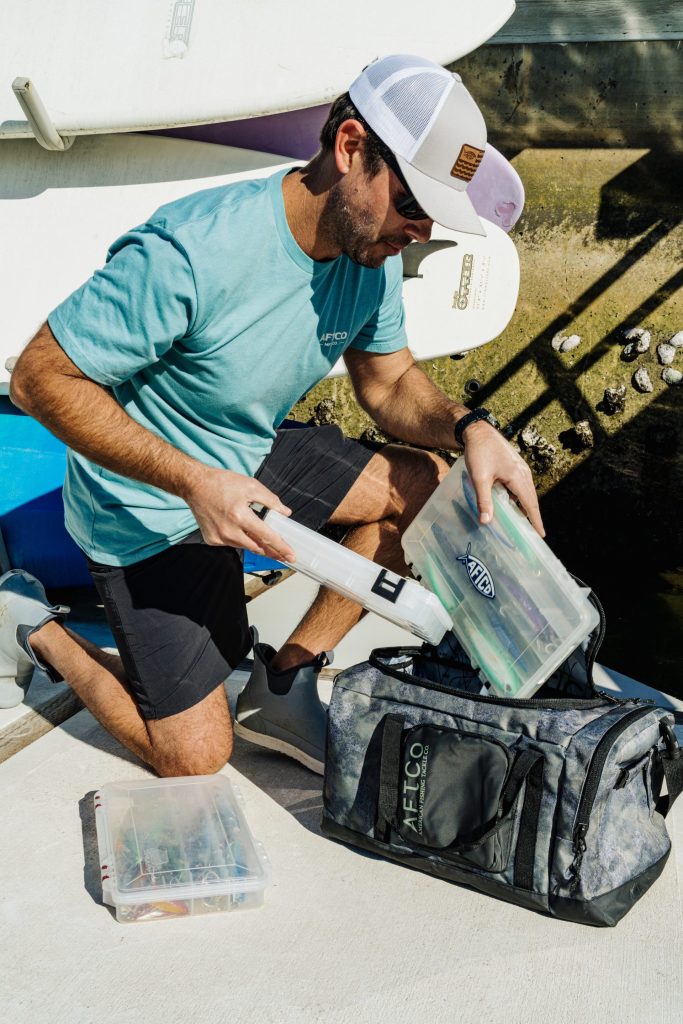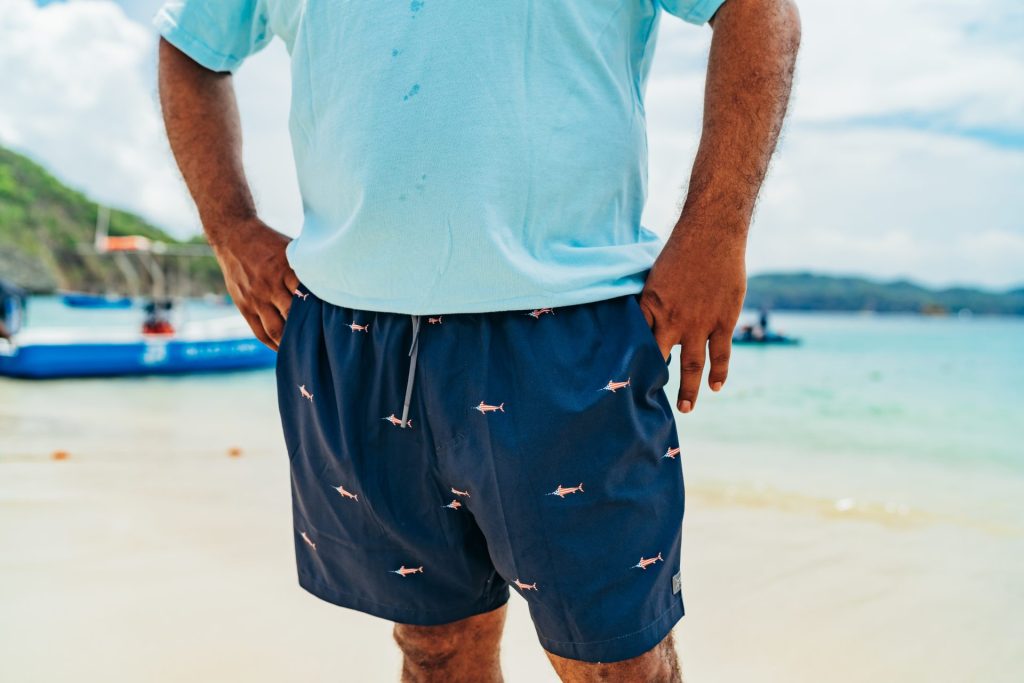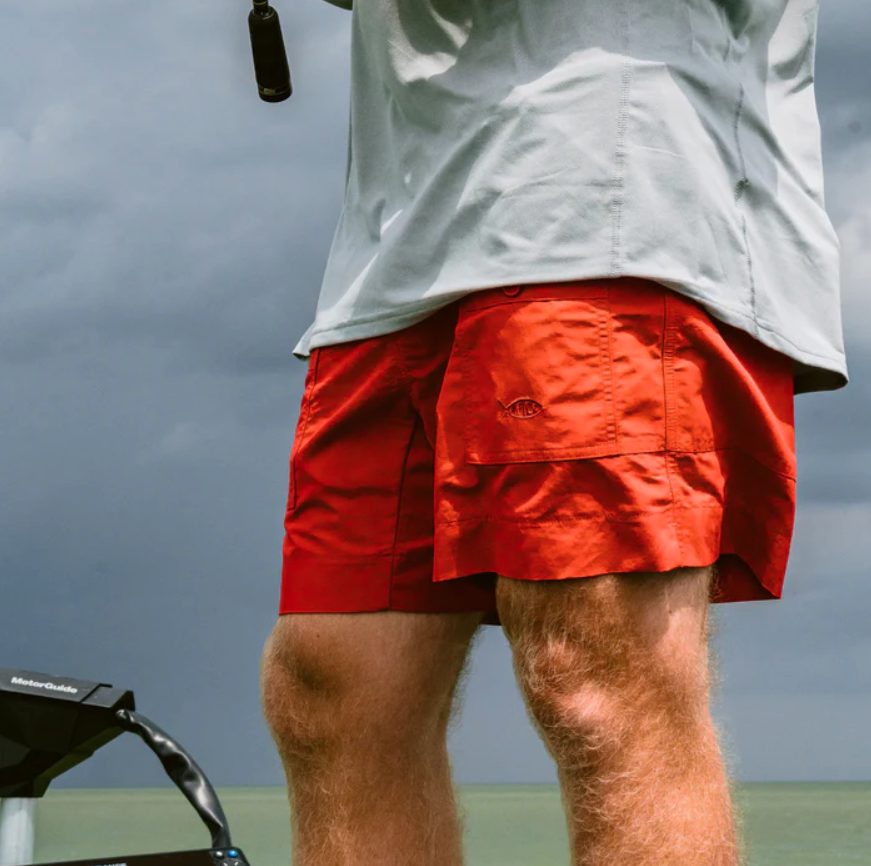Angling as a hobby has steadily increased in popularity and cost in the last 100 years. As American GIs returned from WWII eager to relax and forget the horror of war, corporations who made fortunes supporting the war effort, such as Abu Garcia and ZEBCO (Zero Hour Bomb Company) turned from producing armaments to producing fishing gear. Relatively quickly, a simple hobby was turned into an arms race of sorts as competing companies promised better and better performing rods, reels, fishing electronics, and other gear.
Fast forward to today, and the “premium” tag has been applied to everything from sinkers to skiffs. Premium hooks are chemically sharpened and will catch more fish. Premium reels have magnesium alloy bodies and will resist saltwater corrosion. Premium coolers are rotomolded and will hold ice longer. As nice as all of this sounds, there’s a catch. We all know that premium products demand, of course, premium pricing.
In this article, we’re going to dive into the nitty-gritty details on a very popular premium product, AFTCO fishing shorts. Are they worth the extra cost for hard-fishing anglers, or are they just the “in” thing to have for folks with disposable income who want to look the part?
The History Of AFTCO Fishing Shorts
While you’ve most likely seen AFTCO shorts “in the wild,” you may not be familiar with the history of the company behind them. AFTCO shorts have been around for a surprisingly long time. AFTCO is an acronym for American Fishing Tackle Company, and originally the company built high-end roller guides. The company was founded in 1958, and purchased by Milt Shed (who, among other ventures, co-founded Seaworld) in 1973. Milt’s son, Bill Shed, launched the company’s clothing line in 1989.
It’s easy to forget in a world awash in sport-specific, technical clothing, but 35 years ago there was no such thing as a pair of “fishing shorts.” If you were fishing, and you were wearing shorts, those were fishing shorts! AFTCO changed the game with their Original Fishing Short, and while in recent years they have become their own fashion statement, at heart the shorts are made for and by people who fish hard.
Evaluating Fishing Shorts
Fishing shorts should be three things: comfortable, durable, and functional. Comfort is an obvious criteria because shorts are, after all, casual wear. Durability is another obvious concern for most anglers, because fishing apparel is exposed to stray dock screws, filet knife blades, barbed hooks, salt spray, sun, and a variety of unsavory liquids.

“Functionality” is trickier to evaluate, because it’s often marketing-speak for “gimmicky.” Anybody who has owned a multitool knows that in many instances, half of the tools on it are non-essential and merely thrown in so that the tool can boast 17 functions instead of 8. How many times in your life have you really needed a corkscrew, for example, and not been standing in a kitchen next to one? Fishing specific features on clothing need to be actually useful to win points for functionality, and above all they shouldn’t interfere with the first two criteria or artificially raise the price point.
Comfort
Shorts are generally more comfortable than pants because they breathe better and bind less when moving. If it wasn’t for this, most anglers would have moved on by now to wearing UV-resistant pants when out on the water. Fit is, of course, paramount to a good-fitting pair of shorts. There are a wide variety of short styles on the market, from uber-short and tight running shorts, to below-the-knee cargo shorts.
AFTCO’s Original Fishing Shorts are built, according to AFTCO Design Director Jillian Hidalgo, to allow for comfort and mobility, without appearing “baggy.”
“The M01 is a classic style, and it’s been very popular over the years,” she says. “We try not to touch that one too much, because people have been wearing them for so long and love them so much.” While these shorts fit fairly loose in the hips, thigh, and leg openings, and have an elastic waistband for added comfort, they’re sharp enough to look “Gulf Coast Business Casual” for many outdoorsmen.
“The Original looks great on a lot of guys,” Jillian continues, “but we do have a “Big Guy” cut as well. As one of our field testers told us, some anglers are ‘vertically challenged, but horizontally blessed.’ We also have the new Tactical Fishing shorts, which are more of what we call a ‘deckhand cut.’”

Anybody who, like the author, has fished a lot in cotton shorts and denim jeans knows that there’s nothing more uncomfortable than clothing that gets wet and stays wet. Most “fishing shorts” are no longer made from cotton, thank goodness, but there are definitely better and worse synthetics to use in construction. Polyester is cheap and fast-drying, but doesn’t have great abrasion resistance and is prone to feeling “plasticky.” Nylon is more durable and feels more like a natural fiber, but is not hydrophobic like polyester.
Durability
Part of what you pay for with AFTCO shorts is the material used in construction: 3-Ply DuPont™ Supplex® Nylon. Like Gore-Tex, Supplex is a patented fabric material that offers big advantages to outdoorsmen. Supplex utilizes a much finer fiber than the generic nylon used in cheaper garments, which makes it up to 30% softer. It looks and feels more like cotton, but also has a DWR (durable waterproof coating) applied to it at the factory that makes it extremely water-repellent. Supplex nylon is also extremely resistant to color fading and shrinkage. This material is a big part of the legendary durability of AFTCO shorts. Thanks to Supplex, AFTCO shorts are soft but durable, and highly resistant to soaking or staining.
In addition to using premium material, AFTCO takes a little extra care when stitching their shorts together to ensure maximum durability. High-wear seams are double stitched, and the seat of their shorts are double layered to ensure maximum durability.
Another often overlooked factor when durability is considered is the quality of the stitching. During our conversation, I bemoaned to Jillian that I had a pair of shorts in my closet that were commission, waiting on a spare afternoon to restitch a button that popped off not due to a heavy lunch, but a simple trip through the washer and dryer!
“Yep, that happens a lot,” she nodded. “People don’t understand that a lot of aspects of garment construction still have a big human element. A lot of it is automated, but some stuff, like buttons, you have to have a skilled seamstress to do that right. If you’re not making enough stitches through something like a button, it won’t hold. It takes time to make the extra passes, and sometimes manufacturers get in a rush to meet quotas, and that’s when those issues pop up. We keep a good relationship with our manufacturers and the people doing that work, but we also have a very stringent QC program to ensure that little things like that don’t happen.”
Functionality
Aside from being comfortable and durable, when you buy premium, sport-specific garments, you typically expect something “a little extra.” When I bought my first piece of Sitka gear (their Duck Oven jacket) I was mainly interested in the Primaloft Silver insulation and Gore Tex windbreaker material, but I was pleased by a couple of small design choices they made that made the garment better for duck hunting than a similarly-priced garment that was geared to say, ultralight backpackers. The jacket has more insulation in the top half and less on the bottom, which is perfect for duck hunting because any insulation in the bottom would just get compressed by my waders. It also has two chest pockets that ride high, allowing me access to them when I’m wearing waders. The more I wear the jacket, the more I appreciate those little features. Far from being gimmicky, they’re actually incredibly useful.

Similarly, AFTCO shorts introduced an often-imitated but rarely well-executed feature that is specifically geared towards anglers. In addition to the standard 6 pockets found on most cargo pants, they also include a cordura-reinforced pliers pocket. Whether I’m fly fishing for panfish or pursuing big, toothy, saltwater species, a pair of pliers or hemostats is a constant companion. Having a designated place for them means that they’re never left in the back of the boat when you need them on the front of the boat, or (worse yet) left on a rock somewhere on a bank-fishing trip.
Plenty of companies offer a pliers pocket, sure, and for a long time I was of the opinion that sticking them in the back pocket worked just fine. But as you know if you’ve gone that route, pliers are hell on most fabric. The extra stitching and layer of cordura means that you can actually use AFTCOs pocket without wearing a hole in it. In and of itself, the pocket isn’t a huge selling point, but it’s the icing on a pretty well-baked cake.
Cheap vs Economic Fishing Shorts: A Cost Breakdown
“All of that’s well and good,” you might be thinking, “but I’m still not paying that for a pair of shorts.” Fair enough. AFTCO shorts aren’t cheap, and nobody I know can afford to buy all premium gear, all the time, for all their hobbies and interests. But are they really that expensive?
Compared to other premium outdoor clothing brands, not at all. Peruse Kuiu, Sitka, Huk, Orvis, Forloh, Patagonia, Columbia, or any of the other “high-end” performance brands, and AFTCO’S offerings are very middle-of-the-road price-wise. And none of those brands have been offering angling-specific products for as long as AFTCO.
“That’s great, but I can buy a pair of shorts for $29.99 at the local big box store,” you reply. Also a fair point. But how many seasons are you getting out of them? Personally, I’ve bought my fair share of house-brand, Black Friday specials. Without fail, they’re trashed after two to three seasons of hard use. Ignoring everything we’ve talked about concerning durability, comfort, stain resistance, etc., are AFTCO shorts capable of competing on value?
To answer this question, I posed a simple question to a couple of friends who are avid fans of the M01 shorts. “How many seasons do you usually get out of a pair of AFTCOs?”
“I actually just tossed a pair last year that I’ve had since 2007,” one said after a few moments of reflection. “The elastic wore out in the waistband, but other than that, they were still good.”
“Yeah, I’ve got a buddy who has been wearing a pair that he got on his 21st birthday back in 2003.”
Let’s do the math on that. If you buy a cheap pair of shorts for say, $25 and you wear them for twice as long as they usually last for me, you’ll spend $25 on a pair of shorts every four to six years. By the time you trash them, you’ve spent around four to six dollars on shorts per year. Not bad.
By contrast, if you buy a $70 pair of AFTCOs and use them for seventeen to twenty-one years, like mentioned in the example above, you’re spending three to four dollars on shorts per year.
Go ahead. Check the math. AFTCOs are actually cheaper than “cheap” fishing shorts.
Final Thoughts On AFTCO Fishing Shorts
To summarize, AFTCO shorts really are a case of “you get what you pay for.” Yes, they’re expensive. But when you consider the fact that they’ll last longer and perform better than cheaper alternatives, they’re the definition of “value.”




